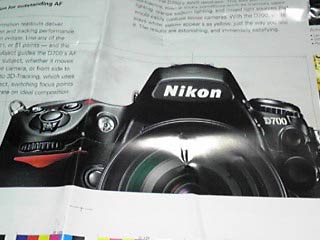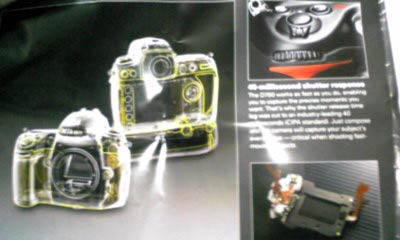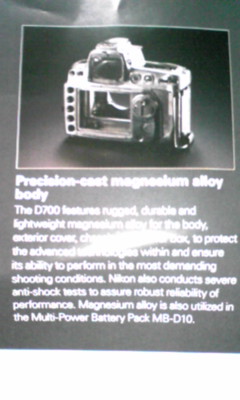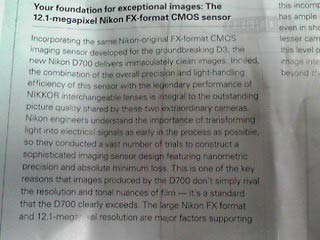
This photo surfaced on the Chinese blog Evolife. Purportedly, the text also confirms the popup flash on the Nikon D700, which you can see in the image. And, as you can see from the photo, it appears that a new version of the Nikon 24-120mm lens will accompany the new D700.
UPDATE: Engadget debunks this shot as a fake. [link]


 This appears to confirm the
This appears to confirm the 








